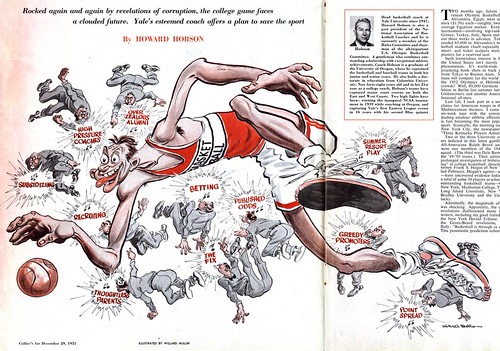
With his remarkable ability to imbue the human face and form with a sort of expressive elasticity that enhances action and motion to the nth degree, Mullin provided a template for a legion of cartoonists to follow. One friend commented recently that surely the great Jack Davis, for instance, must have found inspiration in Willard Mullin's work. No doubt!
In the book, The Complete Guide to Cartooning, author Gene Byrnes accurately described the artist's ability to portray "violent action" as being "in a class by itself".
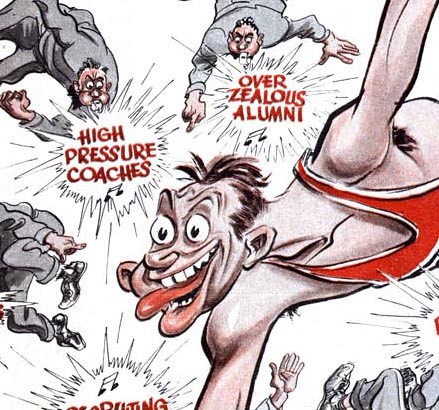
Willard Mullin was born on a farm in Franklin, Ohio in 1902. His family moved to Los Angeles when he was just 6 years old and he went to work in a department store sign shop immediately upon finishing high school.
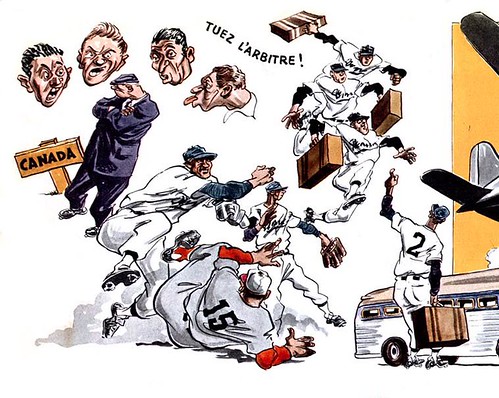
He stayed for just two years before quitting to take a job with a construction firm. One day on the job he fell from a dam and nearly broke his neck! After his injuries healed he decided he wanted to be an artist after all.
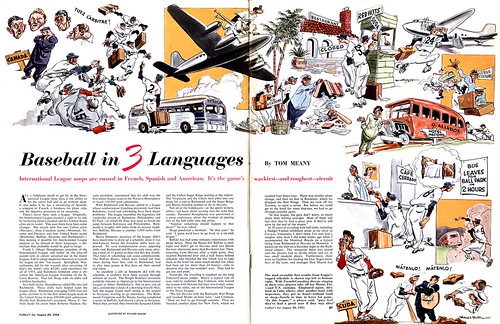
Mullin found work at The Los Angeles Herald newspaper, where he learned a variety of graphic arts skills - those too menial for others in the department to bother with. Gradually, he worked his way up to photo retouching - but not with an airbrush... Mullin learned the more traditional (and far more difficult) manual fashion of painting in thin layers of wash.

He insisted that this meticulous training under the pressurized environment of a daily newspaper deadline gave him his facility with a brush and the ability to work fast.

Mullin stayed at The Herald for twelve years, developing his cartooning abilities at night after putting in a full day at his regular art department chores.

When he finally left for new York, it was at the invitation of Joe Williams, executive sports editor of the World-Telegram. There he produced 6 cartoons a week, month in and month out, and never missed a deadline, even while doing advertisng illustrations and pieces like these for Collier's and other national magazines, on the side.
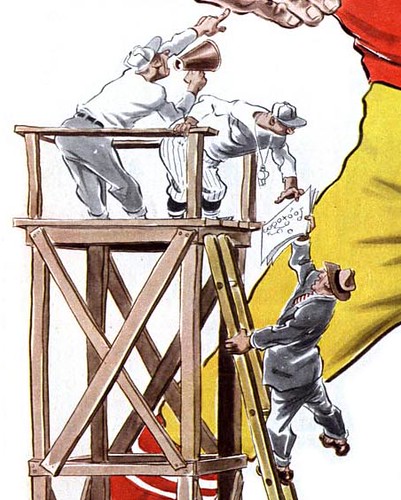
In spite of the astonishing volume of work he produced, Mullin, the consumate professional, found his job got easier and easier over time. In a 1957 article for American Artist magazine, he told interviewer Norman Kent, "One builds up a background over the years of witnessing sporting events. The unexpected often happens and personalities in sports are always grist for my mill."
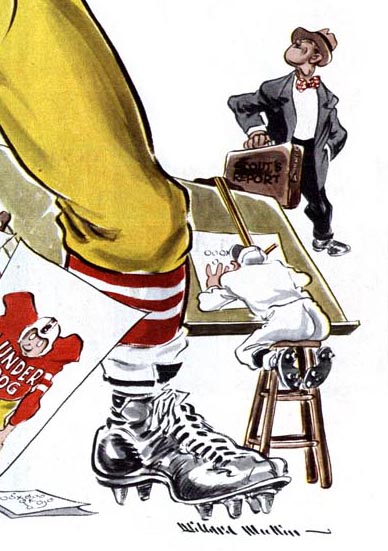
My Willard Mullin Flickr set.
Great post, thanks for taking the time to put it together!
ReplyDelete